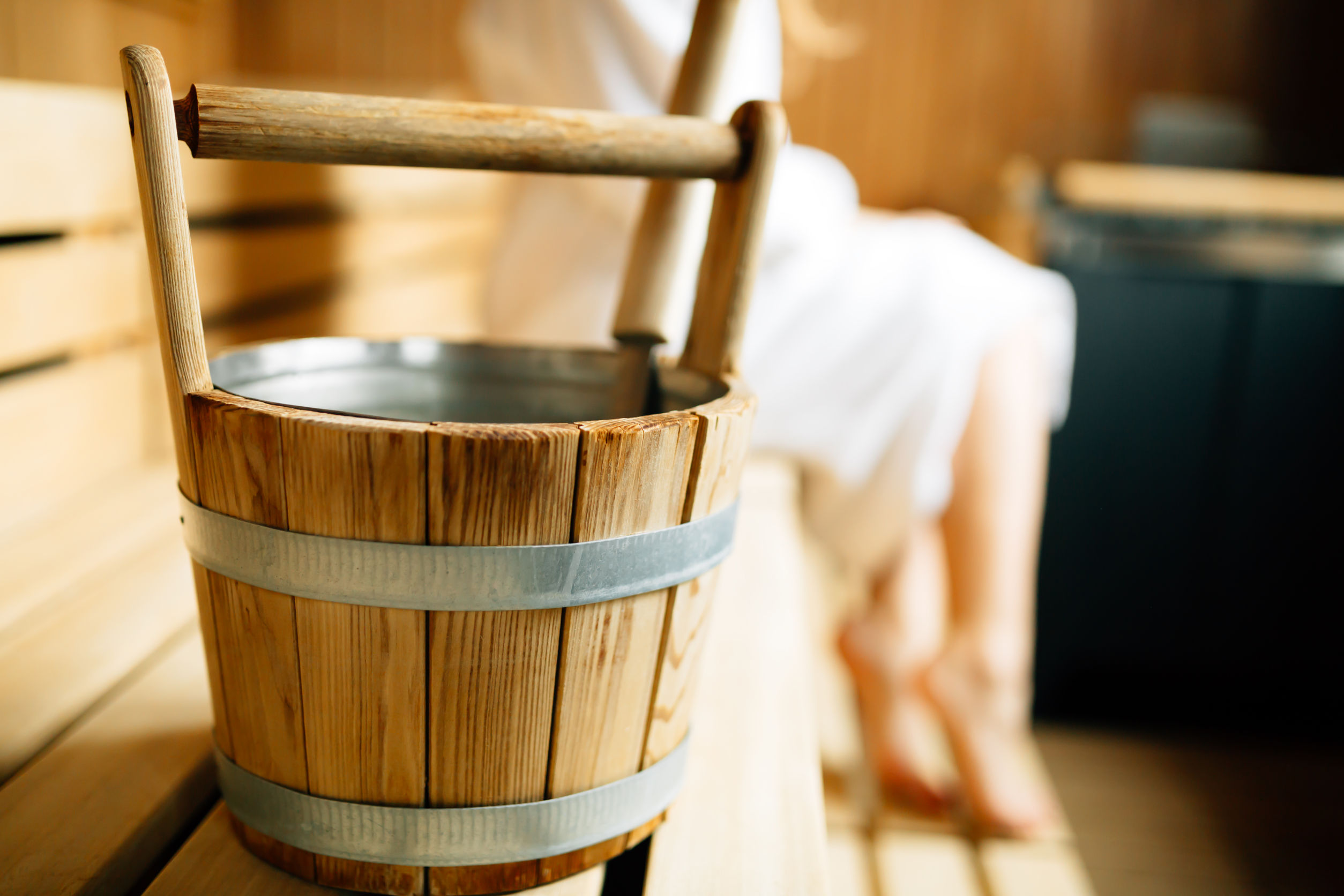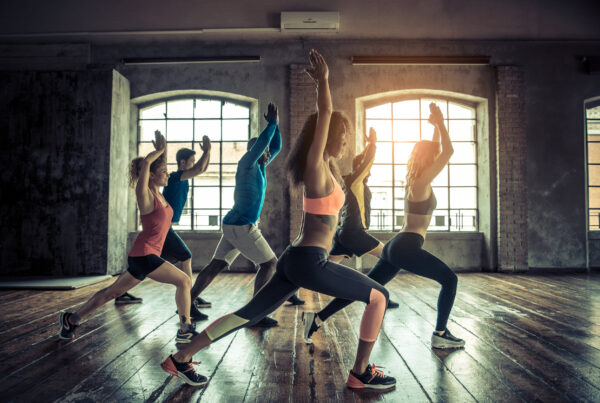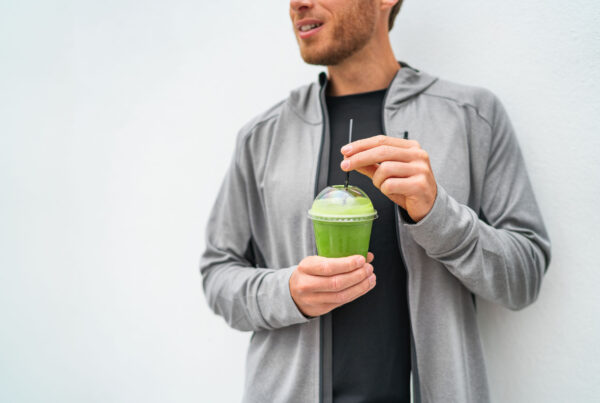”Texas, are you looking for ways to improve athletic performance? Have you heard of heat therapy? This week's article discusses the positive effects of heat therapy. We hope this helps you decide whether heat therapy is right for you. Enjoy!
Reading time: 8 Minutes
MWi Hacks:
- increasing volume of blood plasma to your muscles
- understanding the similar responses your body has to heat and exercise
MWi Summary:
- Training in heat has been shown to improve performance of a variety of athletes, from marathon runners to mountain climbers.
- It appears that training in the heat induces the same physiological adaptations that altitude training does.
- More studies need to be done to make any definitive conclusions on the benefits of heat training.
In February 2014, the Canadian women’s soccer team realized it needed more juice in the gym. So management called in an electrician to redo the wiring in the team’s makeshift workout room in suburban Vancouver, to prevent two rented industrial heaters from blowing the fuses. “The plugs just couldn’t handle it,” recalls César Meylan, the team’s head sports scientist.
Then, for five straight winter days, Meylan put the squad through grueling 90-minute circuit-training sessions with the room kept at a toasty 95 degrees. Each player swallowed an ingestible sensor that allowed Meylan to monitor core temperature in real time, and he doled out brief periods of rest or snippets of encouragement to any player whose reading deviated too far from the goal of 101.3 degrees. That fever-like temperature, he says, “is the driving factor for adaptation.”
Though ice baths have long been the torture of choice for serious athletes, there’s been a pronounced shift in the past few years. Heat is now hot. Athletes around the world have begun exploring the potential performance benefits of heat training for everything from marathoning to high-altitude mountaineering. Heat therapy is also gaining attention as a tool to fight heart disease and repair muscles. Maybe the sauna-loving Finns—who, in addition to topping the rankings in this year’s World Happiness Report, have racked up more than 100 Olympic track and field medals—have been onto something all along.
The origins of the current boom in heat research can be traced back to the 2008 Olympics. University of Oregon physiologist Chris Minson was helping marathoner Dathan Ritzenhein prepare for what was expected to be a sweltering summer in Beijing. Heat-acclimation protocols, which usually involve a week or two of sweaty workouts, are a well-established way of triggering adaptations—increased blood-plasma volume, lower core temperature, higher perspiration rate—that help you perform in the heat. “But I had this niggling fear,” Minson recalls. “What if the race wasn’t hot? What if it was cooler?”
No one knew for sure whether being well-adapted to heat might come with trade-offs, like performing worse in cool conditions. So Minson set up a study with 20 cyclists to find out. The results, published in 2010, sparked a frenzy among sports scientists. Ten days of training in 104-degree heat boosted the cyclists’ VO2 max by 5 percent and improved their one-hour time-trial performance by 6 percent—even when the testing room was kept at a brisk 55 degrees. Suddenly, hot rooms and nonbreathable track suits were being hyped as the poor man’s altitude training.
The initial thinking was that, whereas working out in thin air triggers the formation of oxygen-carrying red blood cells, a main benefit of heat training was an increased volume of blood plasma to ferry red blood cells to your muscles. Whether that plasma boost actually translates to improved athletic performance remains contentious. Carsten Lundby, an endurance expert at Copenhagen University Hospital in Denmark who has studied heat training, is skeptical that simply increasing plasma volume improves performance after just a week or two. However, the resulting dilution of your blood might trigger a natural EPO response to produce new red blood cells, just like altitude training—an idea he’s currently testing with a six-week protocol.
But plasma volume isn’t the only parameter that heat changes. According to Meylan, psychological resilience and altered perception of high temperatures are among the key benefits his players received from heat training. That, in part, is why Canada’s women’s soccer team will likely head to southern Spain or Portugal right before next summer’s World Cup, which will take place in France.
More generally, heat is a shock to the system, generating some of the same cellular responses that exercise and altitude do. For that reason, scientists are now studying its therapeutic benefits (see “The Sweat Cure,” below), as well as cross-adaptation, the idea that heat training might prepare you for a trip to high elevations, or help you maintain an edge when you return.
A practical example: Last year, three elite steeplechasers visited Minson’s lab three or four times a week to soak in a 105-degree hot tub for roughly 40 minutes, hoping the heat would help sustain the elevated red-blood-cell levels they’d developed during altitude training in Flagstaff, Arizona. Blood tests suggested the approach worked.
All of this sounds so implausibly wonderful that Minson is careful to dial the hype back. To most of the age-group athletes who call him for advice on how to leverage the benefits of heat, he suggests that they simply train more, focus on recovery, and maybe lose a little weight. From a health standpoint, if you have to choose between exercising and hot-tubbing, he says, the former is a no-brainer. Still, he’s pretty excited about the field’s potential—even if it’s old news to the Finns. “We’re patting ourselves on the back and saying, Hey, we came up with this really cool idea,” he says. “But the reality is that it’s been around for thousands of years.”
https://www.outsideonline.com/2337621/heat-therapy-performance-research






